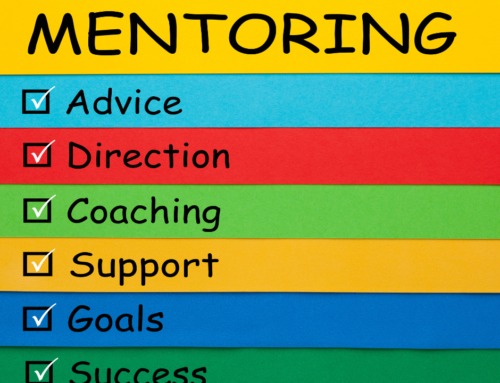Before You Tell Your Next Joke at the Office, Let’s Talk
If we are going to enjoy going to work every day – we need humor. There is nothing like a belly laugh or the funny that makes tears run down your face from genuine laughter. I think of humor as oxygen in the office. But, unfortunately, one of the reasons companies hire our coaching and consulting services is that we don’t get humor right.
This week let’s talk about some of the signals to watch for before you make your next joke in the office.
What’s Your Gift?
I don’t need to tell you that someone sees themselves as the resident joker in almost every workplace. They see it as a gift. And, it’s even more complicated if that special someone is the boss.
If people are constantly rolling their eyes, leaving the room, or burying their head in their hands – they are not laughing.
Drawing from several sources, including the Harvard Business Review Press resource, let’s identify a few tips on how you can experience some honest humor and relieve the tension of everyday work projects. Then, let’s find out how to enjoy a good joke without sacrificing respectful behaviors with our colleagues.
Should any of these suggestions remind you of you, maybe take your time and re-read the article to help absorb what, up until now, you didn’t see about yourself or the effect it may have on others? If you find the article helpful, perhaps you can share the tips around the office to help yourself and everyone else involved.
Signs of Off Putting Humor
- If, right after the ‘joke’ or right before it, the person says, “just kidding.” When workplace humor works as intended, there is no explanation required about the goodness meant by the comment. The likelihood is that the person who needs to say this should be saying “I’m sorry” instead.
- If the person feels the need to do an environmental scan of the people to gauge if it is safe to demonstrate their ‘humor.’ This is generally a good “tell” with which to measure your humor. If you are wondering if this is the right crowd for your joke, leave it unsaid. It reminds me of the person who accidentally scrapes another car in a parking lot and, before deciding to leave their details on the windshield, looks around to see if there are any witnesses.
- How do people physically respond to your humor? Is there eye-rolling? Do some laugh briefly and quickly stifle the laughter? Body language is often a demonstration of how people truly feel about a “funny” comment or joke. People are not shy in revealing that humor is working for them, but you need to pay attention.
- Suppose the punchline has something to do with someone else’s body. Do I need to say more? Even though we are well into 2021, it’s hard to believe how much work we must do as a society—more on that in a future post.
- The person who is trying to be humorous is the first person to laugh. A person’s sense of humor must stand on its own. Isn’t that the point?
- The ‘humor’ involves a gag or a prank. The prank was considered a rite of passage to being accepted into a team or a unit. Employees were determined to make all future generations go through the same experience because they had to go through it. It sounds like the familiar expression: “Hurt people hurt people.” So please don’t do it at work.
- Talking about past generations. People often harken back to ‘the good old days’ or excuse someone’s behavior as ‘they are always like that or ‘that’s just Phil being Phil.’ As previously mentioned, we have evolved in our understanding of organizational culture. Now we need to mature in our approach to humor in the workplace.
- What do you do as a bystander? I confess that there have been times when I failed miserably to respond as a bystander when I should have. If it feels awkward to make a stand, then you should exit. When we remain mute, it tends to send a message that we think it’s okay or that we don’t care. Demeaning, belittling, and embarrassing others isn’t funny, and we need to signal one way or another that we don’t accept the behavior of those that do.
- The humor tends to come at the expense of other people. Among other things, such behavior implies that other’s boundaries can and will be casually violated.
Humor and Respectful Workplace Policies
When you hold this list up against most (certainly not all) legally required Respectful Workplace policies. There is often a noticeable gap between what the policy states and the actual daily practice.
At the very least, there is a need to have dialogue and discussion about translating the language of the policy document into people’s day-to-day experiences. That conversation must start at the top of the organization and cascade throughout the workplace. Here again, the best communication technique for any leader would be to model the behavior.






